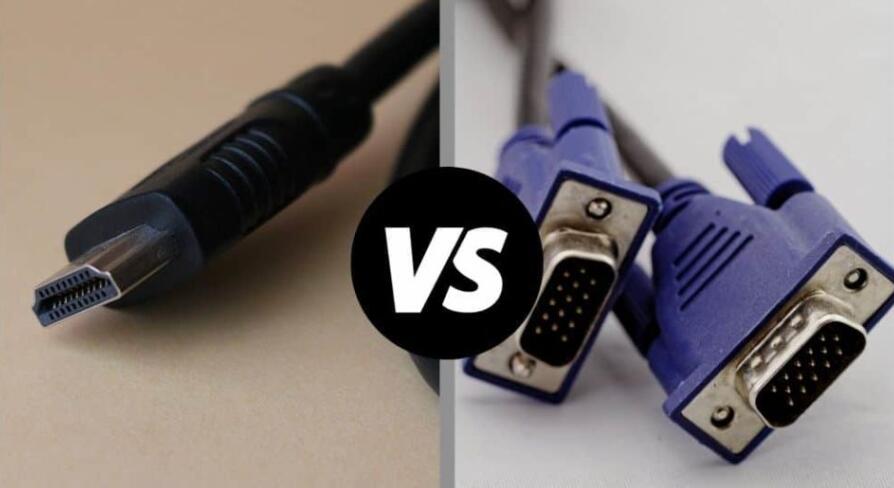
When connecting a computer or other video source to a projector, you may have the option of using either an HDMI or VGA cable. Both of these cable types have advantages and disadvantages, and choosing the right one will depend on your specific needs and the capabilities of your equipment.
HDMI (High-Definition Multimedia Interface) is a digital interface that was introduced in 2003. It allows for high-quality video and audio transmission, with support for resolutions up to 4K and up to 8 channels of audio. HDMI is also capable of transmitting other data, such as Ethernet and control signals, over the same cable.
VGA (Video Graphics Array) is an analog interface that has been in use since the 1980s. It was originally designed for use with CRT (cathode ray tube) monitors and has a maximum resolution of 1920×1080. VGA does not transmit audio or other data, only video.
So, what are the advantages and disadvantages of each cable type when it comes to projectors?
Contents
Advantages of HDMI:
- High-quality video and audio transmission: HDMI is capable of transmitting high-definition video and up to 8 channels of audio, resulting in a clear and immersive viewing experience.
- Easy to use: HDMI cables are simple to connect and set up, with a single cable carrying both video and audio signals.
- Compatibility with newer devices: Many newer laptops, gaming consoles, and other devices only have HDMI outputs, making it the only option for connecting these devices to a projector.
Disadvantages of HDMI:
- Limited distance: HDMI cables are limited in their maximum length, with longer cables often resulting in signal loss or degradation. This can make it difficult to set up a projector in a large room or outdoor space.
- Cost: HDMI cables are generally more expensive than VGA cables, which can be a consideration when outfitting a large number of devices or setting up a temporary projection system.
- Compatibility issues: Older devices may not have an HDMI output, which can limit the flexibility of the projector setup.
Advantages of VGA:
- Compatibility with older devices: VGA has been in use for decades and is still supported by many devices, making it a more flexible option for connecting older equipment to a projector.
- Longer distance: VGA cables can transmit video over longer distances without loss of signal, making it a good option for larger projection setups.
- Cost: VGA cables are generally less expensive than HDMI cables, making it a more budget-friendly option for those on a tight budget.
Disadvantages of VGA:
- Analog signal: VGA is an analog signal, which can result in lower quality video and a less immersive viewing experience compared to HDMI.
- Limited resolution: VGA has a maximum resolution of 1920×1080, which can limit its usefulness in high-definition settings.
- No audio or data transmission: VGA only transmits video, which means that a separate cable or connection will be needed for audio or data transmission.
Conclusion:
When it comes to choosing between HDMI (Click Here For HDMI Adapters) and VGA for projectors, it ultimately depends on the needs of the user and the capabilities of their equipment. HDMI is generally the better option for high-quality video and audio transmission, while VGA is a more flexible option for connecting older equipment or for use in large projection setups. Ultimately, both options have their advantages and disadvantages, and the best choice will depend on the specific requirements of the project.